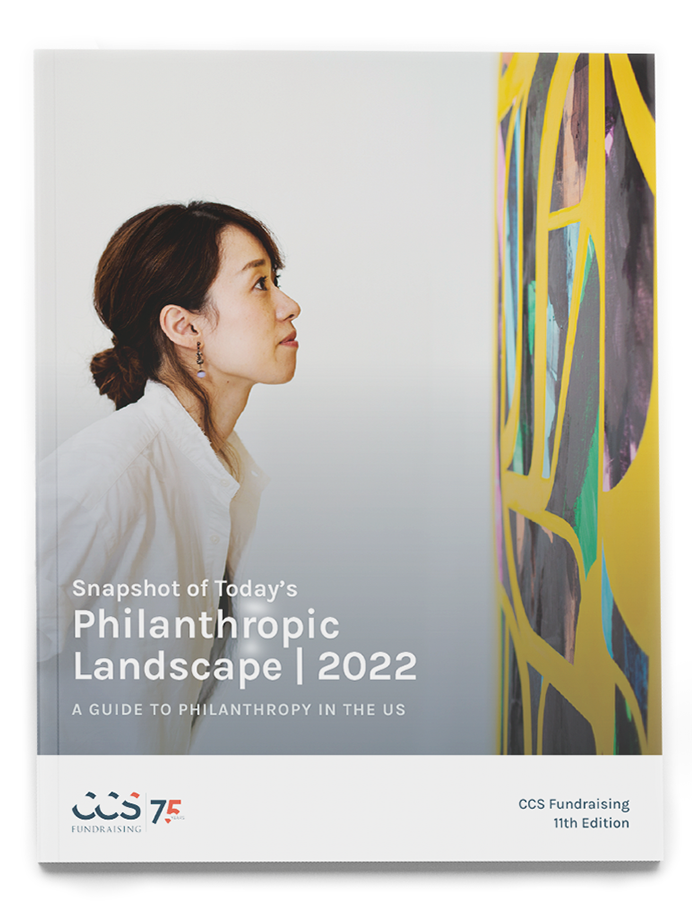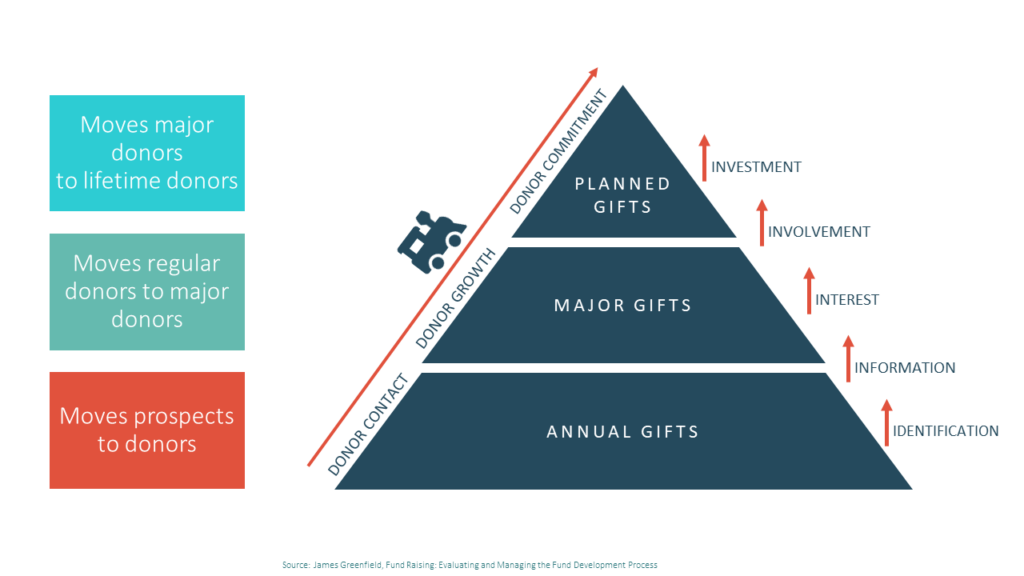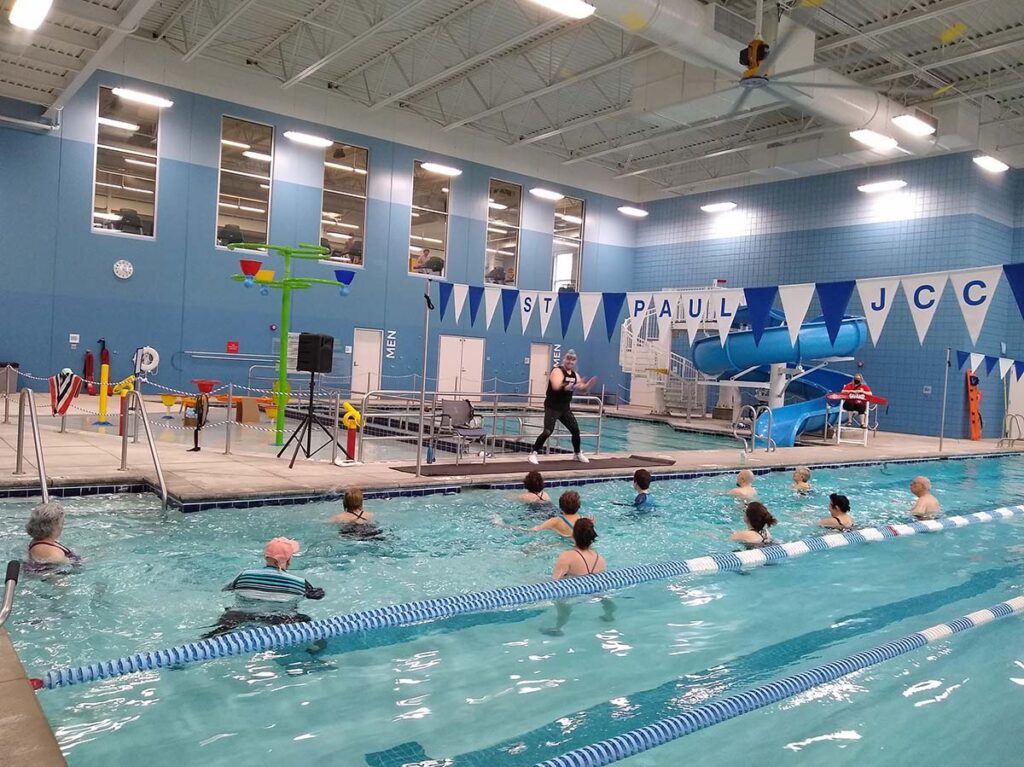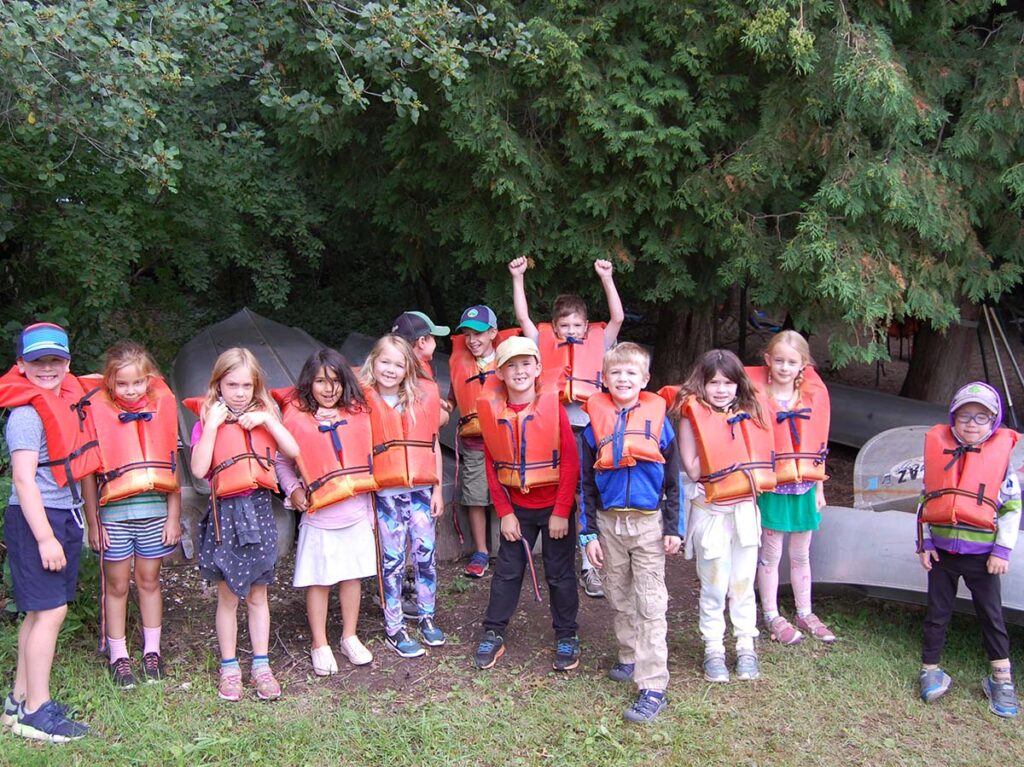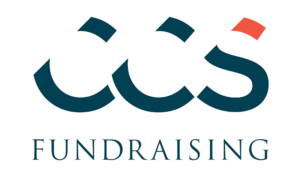The COVID-19 pandemic impacted the balance sheets of healthcare institutions across the board, and many are still feeling the effects today. This evolving philanthropic landscape features donors with a desire for greater accountability, healthcare organizations that need ever-growing levels of support, and an increased competition for donor attention. A hospital foundation’s strategic and effective use of fundraising metrics has never been more critical to maintaining and achieving success.
The famous quote attributed to the educator and author Peter Drucker, “If you can’t measure it, you can’t manage it,” is both a fundraiser’s best dream and worst nightmare.
It is common knowledge that to effectively manage donor relationships and see the greatest success in your fundraising program, you must build strong ties between your prospects and your organization’s mission. Relationships will always be the foundation of a fruitful fundraising program. But, you can’t build a relationship on metrics.
Healthcare institutions are facing a growing need to increase fundraising in support of more expensive programming and life-saving medical interventions, as well as increases in demand for capacity and other associated services as a result of the COVID-19 pandemic. While relationships have and will continue to be the foundation on which a successful fundraising program is built, the most effective way to increase a fundraising team’s capacity is through the development, implementation, and analysis of fundraising metrics. Relationships will never go away, but metrics must be measured and analyzed to see continued growth.
What are Fundraising Metrics and Why Should We Use them?
Metrics are individual data points about your program that serve as tools to measure fundraising activity. Often a catch-all term, the measurement of metrics requires deep thought, strategy, testing, and right-sizing to effectively support each fundraising program.
Although the initial implementation of tracking and analyzing metrics requires an investment in time and human resources, and although the benefits of doing so may not be seen immediately, the process is implemented by the most successful fundraising shops to enable success.
And why should you measure metrics? Back to Mr. Drucker’s quote. The measurement of fundraising metrics has management benefits for individual fundraisers (leading to benefits for prospects and donors), the development team, and for leadership.
Measuring individual gift officer fundraising metrics will not only help a gift officer focus their work and empower them to reach their own goals through relationships built with prospects, but it also serves to manage prospect strategies through a better understanding of those prospects and donors. When a gift officer tracks the right activity it gives them the data and capacity to develop better donor partnerships, seek the right investment opportunities for those donors, and challenge them to stretch in their support of the organization’s mission.
Team fundraising metrics encourage collaboration between team members as they share responsibility for more clearly defined goals, help build accountability and ownership amongst the team, and empower the group to celebrate in the collective success of the team.
Organizational leadership benefits from the measurement of metrics as the data provides fodder to inform budgeting and asset allocation. It also helps in future planning and action through testing and measurement of past activity. Additionally, and arguably most importantly for leadership, the measurement of metrics can become a basis for individual performance evaluation, as the data can clearly show where gift officers get stuck in their work. Analysis can help management provide guidance, training, and motivation to shift gift officer behavior before it is too late.
Case Study: Arkansas Children’s Foundation
With two hospitals, regional clinics, mobile health facilities and a state-wide network of programming and research, Arkansas Children’s has expanded its reach from Little Rock to all four corners of Arkansas. Due to this expansion and with a transition in leadership for the Arkansas Children’s Foundation, the hospital saw a need to transform operations and focus on continued growth in fundraising success.
With talented leadership and staff, strong donor relationships, a committed board, and a track record of success, the Arkansas Children’s Foundation saw that in order to continue growth, a formalization of its system of tracking and analyzing metrics was essential.
When Arkansas Children’s began the process of developing its metrics, gift officers and leadership tracked many key performance indicators that have since been fine-tuned or reconsidered.[1] Once a metrics-tracking habit was built among staff and with a set of data to analyze, they looked at the effects of metrics on fundraising, the efficacy of the tracking systems and the efficiency of the process and applications. They also did the work needed to refine definitions. The philosophy of leadership at the time was to first focus on activity, then zero in on the right activity. With this deep work, they narrowed in on five key individual metrics and three key team metrics related to fundraising activity which are tracked today.[2]
When Arkansas Children’s Foundation embarked upon a revamp of its metrics tracking, all involved understood that this work would be a key driver for increased philanthropic revenue. And they were right. Taking six-year averages into account, the Foundation saw a 53% increase in revenue during one period, and another 51% increase during the next period, bringing them to the success they see today.
Metrics are ingrained into the culture of the organization to the point where staff at all levels are versed in departmental goals and participate in metrics conversations. The board expects continued success and stays up to date on the Foundation’s progress through the story told by metrics. Arkansas Children’s is poised to maintain its growth and is committed to metrics tracking as a tool to help them achieve continued success.
Getting Started
So, how do you kick off your own metrics measurement process? Whether you are a leader of the organization or working closely with them, ask yourselves some key questions before moving ahead:
- Is what we’re measuring designed to produce outcomes? Are you considering measuring the right things? For example, do the activities we choose to track lead to funds raised?
- Do we have a way to track consistently? Do gift officers have the tools they need, in terms of training and software, to consistently track the chosen metrics? Is your donor database able to track metrics easily?
- Do we have a way to extract data? You’ve put the data in, but can you get it out in a format that will be useful to the team?
- What will we do with the information? You’ve extracted the data, but how will it be analyzed and used?
- How do we stay up to date? How and how often should we review our use and tracking of metrics? How and how often should we update our reports?
- Are we prepared to live with this system for 3+ years? Ascertaining the true success or opportunity in your metrics program will take time and commitment from the team. Do you have the resources and professional stamina to continue the program for several years in order to visualize the full impact of tracking metrics?
- Do we have the ability to interpret data? Do you have the talent on your team to effectively use the metrics you’ve diligently tracked and pulled?
- To whom do we report progress and how? Who will use this data? How will it be presented? Depending on the audience, the data may need to be interpreted differently or more/less deeply explained.
A Step-By-Step Approach
Now, you’re ready to put your metrics to work. What steps should you take? By using a hypothetical example, here is what the process could look like.
- Select metric(s) to evaluate. Which metrics will provide insight into your organizational goals? For example, let’s measure a gift officer’s number of cultivation visits.
- Identify performance targets. What does success look like? In our example, let’s test whether the measurement of cultivation visits leads to an increase in dollars raised.
- Develop a “testing theory.” What do you expect the results will be when tracked? Our theory for this example will be that increased cultivation visits lead to an increase in dollars raised.
- Collect performance data. Do the measurement! For our example, we will have gift officers track the number of cultivation visits as well as revenue by entering their actions and gifts secured into the database.
- Analyze the information. This is done to determine whether the metrics you’re measuring are effective. In our example, we analyze the data points around the number of cultivation visits and revenue, but we don’t see the correlation we were expecting. While cultivation visits have increased, revenue has not.
- Develop and implement solutions, if needed. If the measured metrics don’t lead to the intended outcome, shift the metrics. In our example, since we learned that an increased number of cultivation visits does not necessarily equate to an increase in revenue, let’s shift our metrics. Instead, we decide to measure solicitation meetings alongside revenue.
- Continue tracking. Keep tracking metrics that provide the most helpful data to increase fundraising success. As skilled fundraisers, we know that solicitations are more effective in producing increased income than cultivation visits. Keep measuring what works for continued success!
Avoiding Common Obstacles
Consistently analyzing your data and testing the efficacy of the measurement process is essential. If you measure the wrong metrics or place too much focus on measurement, you run the risk of encountering the following threats:
- Inadvertently encouraging inefficiencies and non-strategic actions: If you measure the wrong metrics, you may be asking your gift officers to do the wrong work. For example, if you measure the number of prospect visits a gift officer makes but not solicitations or dollars raised, you run the risk of that gift officer never asking for a gift. Test and measure the right mix of metrics for your team to get the right work done.
- Creating a disconnect between activity and strategic goals: If metrics tracking becomes the primary focus and the outcome of those metrics is lost, a gift officer runs the risk of doing the work to get the metrics booked, but not achieving the most strategic outcome. For example, if your organization’s focus is fully on tracking metrics and not the development of strategy, a gift officer could potentially ask for a preemptive gift. A well-planned strategy may have resulted in a greater investment from the prospect, and greater support of the organization’s mission. Ensure that the metrics are measured alongside the development of the best strategy for each prospect.
- Focusing on the data and letting the relationships slip: Along the same line, with too strong a focus on metrics, a gift officer risks letting relationships with donors slip. For example, a gift officer may choose not to respond to a donor request because that type of interaction isn’t measured. Ensure that donor relationships are valued as much as the tracking and measurement of metrics.
- Measuring too much: If the organization tries to measure too many metrics, they run the risk of overwhelming gift officers in the tracking process, taking time away from the cultivation and solicitation of prospects, and reducing the efficiency of the fundraising program. Too many metrics can bog a gift officer and a team down, while the right metrics can make a tremendous impact.
If you can measure it, you can manage it. And if the right metrics are measured, the threats are minimized or eliminated, and success is likely to follow. With the ever-increasing need for preventative care and healthcare interventions, the process of measuring and analyzing metrics will help create a culture of process and accountability that is essential for a hospital foundation’s continued success.
Thanks to the following Arkansas Children’s staff who were interviewed for this article:
- Enid Olvey, Vice President, Philanthropy, Arkansas Children’s Foundation
- Jill McIlroy, Executive Director, Philanthropy, Arkansas Children’s Foundation
- Sam Coker, Director, Strategy & Campaigns, Arkansas Children’s Foundation
- Sarah Holt, Lead Research Analyst, Arkansas Children’s Foundation
[1] Arkansas Children’s gift officer metrics have not changed since the implementation of the program; they take pride in the mantra of tracking consistent data consistently at the gift officer level.
[2] Individual metrics measured include prospects added to the pipeline, contacts, face-to-face visits, solicitations submitted, and revenue. Team metrics measured include $1 million+ solicitations submitted, total revenue from $1 million+ gifts, and cost per dollar raised as a Foundation.
CCS Fundraising is a strategic fundraising consulting firm that partners with nonprofits for transformational change. Members of the CCS team are highly experienced and knowledgeable across sectors, disciplines, and regions. With offices throughout the United States and the world, our unique, customized approach provides each client with an embedded team member for the duration of the engagement. To access our full suite of perspectives, publications, and reports, visit our insights page. To learn more about CCS Fundraising’s suite of services, click here.
